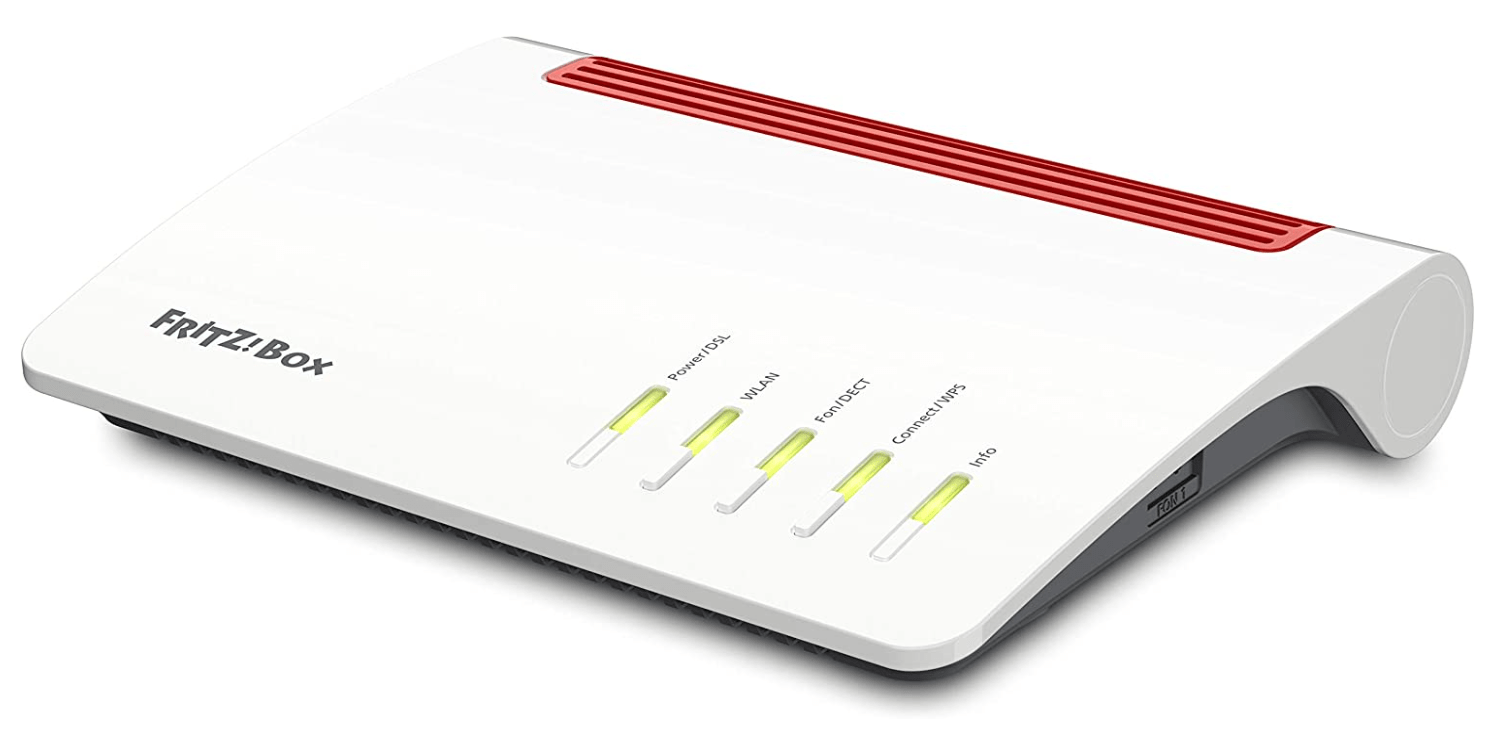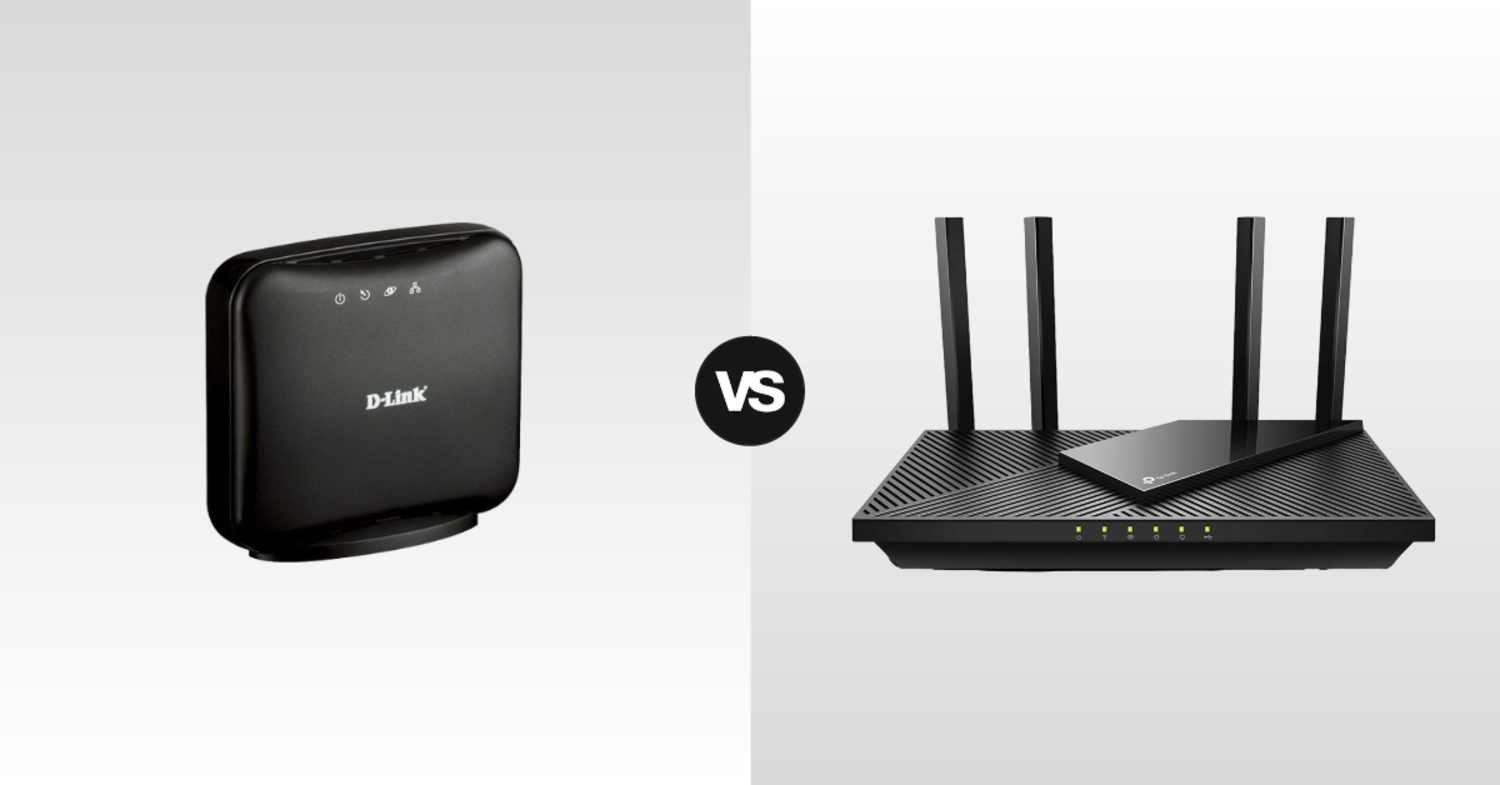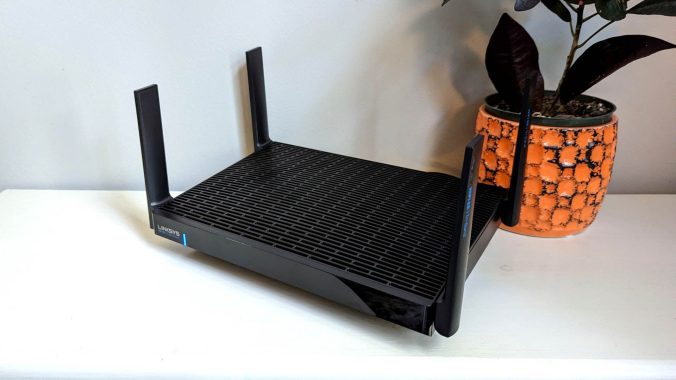In today’s digital age, having a reliable internet connection is crucial for both work and leisure. Consequently, understanding the key components that enable this connection—specifically, the modem and the router—is essential. Many people often confuse these two devices, assuming they serve the same purpose. However, modems and routers have distinct roles, each contributing to your home or office network’s functionality. Therefore, this comprehensive guide delves into the differences between WiFi modems and routers, their functionalities, and how they work together to provide seamless internet connectivity. By understanding these aspects, you can optimize your network setup and ensure a reliable connection.
What Is a WiFi Modem?
A WiFi modem is a device that connects your home or office network to your Internet Service Provider (ISP). Understanding its purpose and functionality can help you manage your internet connection more effectively. Therefore, exploring what a WiFi modem is and how it works is essential.
Purpose and Functionality of a WiFi Modem
The primary purpose of a WiFi modem is to modulate and demodulate signals between your ISP and your devices. When you subscribe to an internet service, your ISP provides a connection that delivers data over a telephone line, coaxial cable, or fiber optic line. The modem translates these signals into digital data that your devices can understand. This process is crucial for enabling internet access in your home or office. By understanding the purpose and functionality of a WiFi modem, you can appreciate its role in your network. Therefore, recognizing the significance of signal modulation is crucial.

Types of WiFi Modems
WiFi modems come in various types, depending on the technology used for internet delivery. The common types include DSL modems, cable modems, and fiber optic modems. DSL modems use telephone lines to provide internet access, while cable modems use coaxial cables typically provided by cable TV companies. Fiber optic modems utilize advanced fiber optic technology to deliver high-speed internet. Each type of modem is designed to work with specific ISP technologies, so choosing the correct one for your service is essential. By understanding the different types of WiFi modems, you can select the appropriate modem for your connection. Therefore, recognizing the compatibility with ISP technology is essential.
What Is a Router?
A router is a device that enables multiple devices to connect to a single internet connection, creating a local area network (LAN). Understanding its purpose and functionality can help you manage your network more effectively. Therefore, exploring what a router is and how it works is essential.
Purpose and Functionality of a Router
The primary purpose of a router is to distribute the internet connection from the modem to various devices within your home or office network. It directs data packets between devices and ensures they reach the correct destination. Routers also provide security features such as firewalls and encryption to protect your network. Additionally, most modern routers include WiFi capabilities, allowing wireless devices to connect to the network. By understanding the purpose and functionality of a router, you can appreciate its role in your network. Therefore, recognizing the significance of data packet routing is crucial.

Types of Routers
Routers come in various types, each offering different features and capabilities. Some common types include single-band routers, dual-band routers, and tri-band routers. Single-band routers operate on one frequency band, typically 2.4 GHz, which can become crowded and slow. Dual-band routers use both 2.4 GHz and 5 GHz bands, offering better performance and reduced interference. Tri-band routers add an additional 5 GHz band, providing even more capacity for multiple devices. Choosing the right type of router depends on your network’s size, the number of connected devices, and your performance needs. By understanding the different types of routers, you can select the best one for your network. Therefore, recognizing the importance of frequency bands is essential.
How Modems and Routers Work Together
Although modems and routers have distinct roles, they work together to provide seamless internet connectivity. Understanding their collaboration can help you optimize your network setup. Therefore, exploring how modems and routers work together is essential.
Modem and Router Integration
In many modern homes and offices, the modem and router are integrated into a single device, often referred to as a gateway or modem-router combo. This integration simplifies the network setup by combining the functionalities of both devices into one unit. The modem component connects to the ISP and translates signals, while the router component distributes the internet connection to multiple devices. Integrated devices offer convenience and reduce the number of cables and power outlets needed. By understanding modem and router integration, you can appreciate the benefits of a streamlined network setup. Therefore, recognizing the value of integrated devices is crucial.
Separate Modem and Router Setup
Some users prefer to have separate modem and router devices, each serving its specific function independently. This setup offers greater flexibility and often better performance, as dedicated devices can provide more advanced features and capabilities. The modem connects directly to the ISP and provides an internet connection, while the router receives this connection and distributes it to various devices. Separating these devices allows for easier upgrades and customization of your network. By understanding the benefits of a separate modem and router setup, you can choose the configuration that best suits your needs. Therefore, recognizing the importance of network flexibility is essential.

Benefits of Using a Modem and Router
Using both a modem and a router offers numerous benefits that enhance your internet connectivity and network management. Understanding these advantages can help you make an informed decision about your network setup. Therefore, exploring the benefits of using a modem and router is essential.
Improved Network Performance
One of the primary benefits of using a modem and router is improved network performance. A dedicated router can handle multiple devices and data streams more efficiently than an integrated device. Advanced routers offer features such as Quality of Service (QoS), which prioritizes critical traffic, and beamforming, which enhances WiFi signals to specific devices. These features ensure a stable and fast internet connection for all your devices. By understanding how modems and routers improve network performance, you can optimize your internet experience. Therefore, recognizing the significance of enhanced performance is crucial.
Enhanced Security
Using a modem and router also enhances security within your network. Routers come equipped with security features such as firewalls, encryption, and guest networks, which protect your devices and data from external threats. Regular firmware updates ensure that security protocols remain current and effective. Additionally, separating the modem and router allows for more precise control over network security settings. By understanding the security benefits of using a modem and router, you can ensure a safer internet experience. Therefore, recognizing the importance of network security is essential.
Choosing the Right Modem and Router
Selecting the right modem and router for your needs involves considering several factors, including compatibility, performance, and future-proofing. Understanding these considerations can help you make an informed decision. Therefore, exploring how to choose the right modem and router is essential.
Compatibility with ISP
The first consideration when choosing a modem is ensuring compatibility with your ISP. Different ISPs use various technologies, such as DSL, cable, or fiber optic, requiring specific types of modems. Check with your ISP for a list of compatible modems or look for certifications such as “CableLabs Certified” for cable modems. Similarly, ensure the router you choose is compatible with the modem and supports the necessary speeds and features for your internet plan. By understanding the importance of compatibility, you can avoid connectivity issues and ensure a seamless setup. Therefore, recognizing the significance of ISP compatibility is crucial.

Performance and Features
Selecting a modem and router with the right performance and features is essential for an optimal internet experience. Consider a modem that supports the maximum speeds of your internet plan and offers advanced technologies such as DOCSIS 3.1 for cable modems. For routers, look for features such as dual or tri-band capabilities, MU-MIMO (Multi-User, Multiple-Input, Multiple-Output), and QoS for better performance and management of multiple devices. By understanding the importance of performance and features, you can choose devices that meet your needs and enhance your network. Therefore, recognizing the value of advanced technologies is essential.
Future-Proofing
Future-proofing your modem and router involves selecting devices that can accommodate potential upgrades in your internet service and network demands. Look for modems that support higher speeds and newer technologies, even if your current plan doesn’t utilize them fully. Routers with advanced features and robust performance can handle increasing numbers of devices and more complex network usages, such as gaming, streaming, and smart home integration. By understanding the importance of future-proofing, you can invest in devices that will serve you well for years to come. Therefore, recognizing the value of scalable solutions is crucial.
Addressing Common Questions
Understanding common questions about modems and routers can provide additional clarity and help you make an informed decision. Knowledge of these answers ensures better preparation and effective use. Therefore, exploring common questions is essential.
Can I Use a Router Without a Modem?
A common question is whether you can use a router without a modem. While a router can create a local network and connect devices to each other, it cannot provide internet access without a modem. The modem is necessary to convert the ISP’s signal into usable data for your devices. By understanding the distinct roles of modems and routers, you can avoid connectivity issues and ensure proper network setup. Therefore, recognizing the necessity of a modem for internet access is crucial.
How Often Should I Replace My Modem and Router?
Another common question is how often modems and routers should be replaced. Generally, modems and routers should be replaced every three to five years, or sooner if you experience performance issues or significant technological advancements. Regularly updating your devices ensures you benefit from improved speeds, features, and security protocols. By understanding the importance of timely replacements, you can maintain optimal network performance and security. Therefore, recognizing the value of updating your network equipment is essential.
Addressing Common Misconceptions
Addressing common misconceptions about modems and routers provides accurate information and dispels unwarranted concerns. Clearing up misunderstandings ensures an informed perspective. Therefore, exploring common misconceptions is important.

Misconception: All-in-One Devices Are Inferior
A common misconception is that all-in-one modem-router combo devices are inferior to separate devices. While it’s true that dedicated devices often offer more advanced features and better performance, modern all-in-one devices have improved significantly. They provide convenience and are suitable for many home and small office setups. By understanding the capabilities of all-in-one devices, you can make an informed decision based on your specific needs. Therefore, recognizing the potential of integrated solutions is crucial.
Misconception: Higher Speeds Always Mean Better Performance
Another misconception is that higher internet speeds always result in better performance. While high speeds are important, other factors such as network congestion, router capabilities, and interference also impact performance. Ensuring your modem and router support your internet plan’s speeds and offer features like QoS and beamforming can optimize performance. By understanding the factors influencing network performance, you can avoid overemphasizing speed alone. Therefore, recognizing the importance of comprehensive performance considerations is essential.
Conclusion: Optimizing Your Network Setup
Optimizing your network setup involves understanding the distinct roles of modems and routers, their functionalities, and how they work together. Proper preparation, including selecting compatible devices, considering performance and features, and future-proofing, ensures a reliable and efficient network.
Exploring critical aspects such as modem and router integration, separate setups, and addressing common misconceptions provides comprehensive knowledge and appreciation. Recognizing the importance of addressing common questions enhances overall confidence and effectiveness in using and choosing the right devices.
By engaging with these elements, you can create a robust network setup that meets your needs and provides seamless internet connectivity. Therefore, whether you are setting up a new network or upgrading an existing one, understanding the essential considerations for modems and routers offers practical and valuable insights. Embrace the opportunity to enjoy improved network performance and security, knowing you have the knowledge and resources to make informed choices!

Leave a Reply